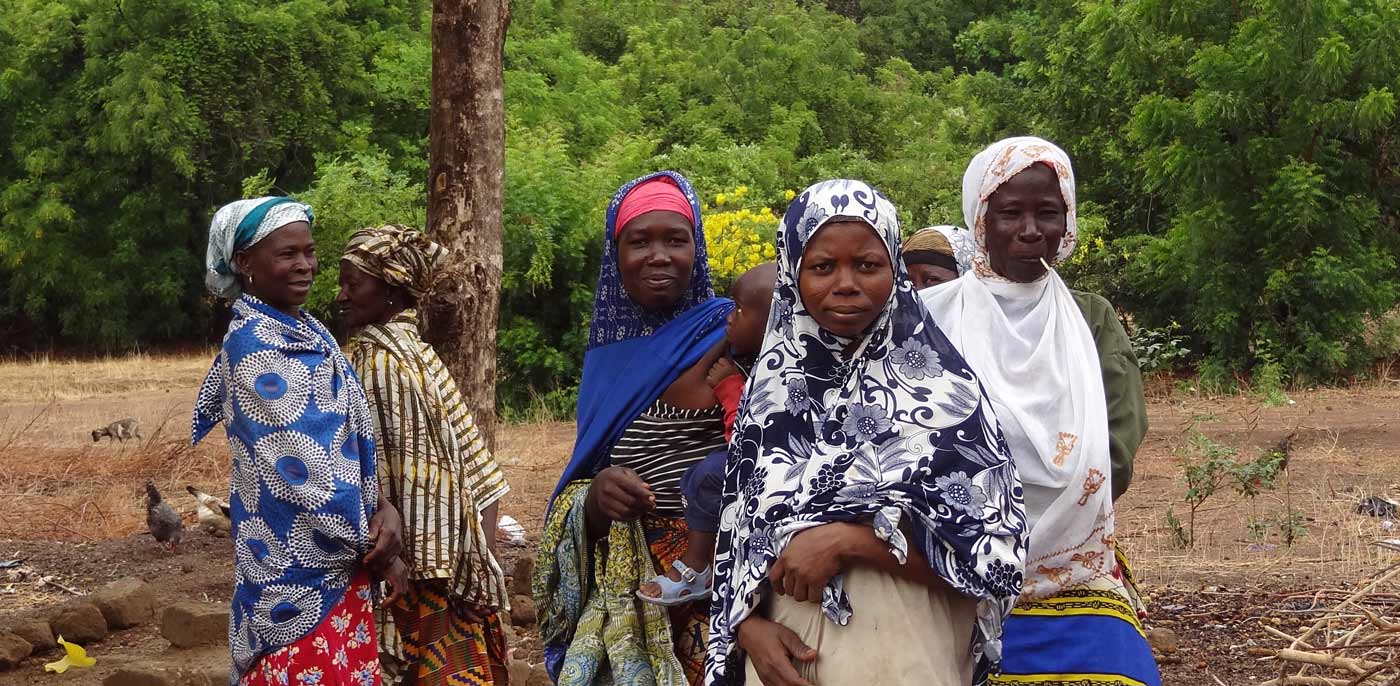By Amanda Richardson, Resource Equity
This blog was produced for the LEGEND Land Policy Bulletin. Land: Enhancing Governance for Economic Development (LEGEND) is a DFID programme that aims to improve land rights protection, knowledge and information, and the quality of private sector investment in DFID priority countries.
Community titling has become a rallying cry in the development sector, in order to protect communities against land deals that do not treat them fairly — but little attention has been paid to the intersection between women’s rights and such community tenure. To fill this gap, Resource Equity and Landesa have conducted six evaluations of community land projects around the world.
The rising global demand for land has made communally held land attractive to investors — and community titling has become a rallying cry in the development sector, in order to protect communities against land deals that do not consider or compensate them. However, focusing on securing community land and resource rights without considering gender differences within communities will have disastrous effects on women, just as titling land only to heads of households did decades ago. Despite this, little attention has been paid to the intersection between women’s rights and collective tenure.
To fill this gap, Resource Equity and Landesa have conducted six programme evaluations of community land projects in China, Ghana, India, Kyrgyzstan, Namibia and Peru.
All of the projects focused on women, which meant that each project had at least some success. The studies, and a forthcoming synthesis report drawing on them, will make recommendations for how projects can protect women’s rights and make gender concerns a mainstream issue in community land projects.
While the six case studies show that there are many lessons and best practices to learn regarding women and community land, three key issues stand out: women’s lack of information about their rights, the benefits of using groups to train and empower women, and the need to engage with communities in a long-term, meaningful way.
Each project was implemented in an area where women lacked information. It is impossible for women to have a voice without knowing their rights. Women need detailed knowledge to be able to describe how they use a resource, enter into negotiations about compensation, and engage in management of land or resources.
Where women were part of women’s groups, of any kind, they generally had more knowledge and agency in the community. Forming or supporting these groups is therefore one way to increase women’s meaningful inclusion.
In India, the evaluated project helped forest dwellers to exercise their rights to forest land under the 2006 Forest Rights Act. A local NGO worked with 75 villages in Jharkhand, a heavily forested state, to secure individual and community forest rights. This encompassed both rights to farm land within the forest and rights to manage and conserve the non-farmed forest areas. The project also aimed to empower women to exercise their rights to natural resources.
The evaluation found that one key to promoting women’s rights in a community land and resource project was a deep involvement in the communities combined with a focus on empowering women. The local NGO had been working in the area for many years and had always engaged local volunteers and social workers. The organisation could therefore use the deep trust it had built to promote cooperation between community members and the government, and to foster long-term change in attitudes towards women’s involvement in the community.
The organisation promoted women’s participation at the community level, both before and during the project. This included the formation and support of women’s groups, which boosted women’s empowerment individually and collectively. The groups also provided a forum for training and education. In the case of this project, they were also a way to raise awareness of the Forest Rights Act.
Going forward, more global attention needs to be paid to these types of lessons, and to the importance of the intersection between gender and collective land tenure, in order to ensure that this moment for empowerment is fully seized.
For more information contact Amanda Richardson at amandar@resourceequity.org



